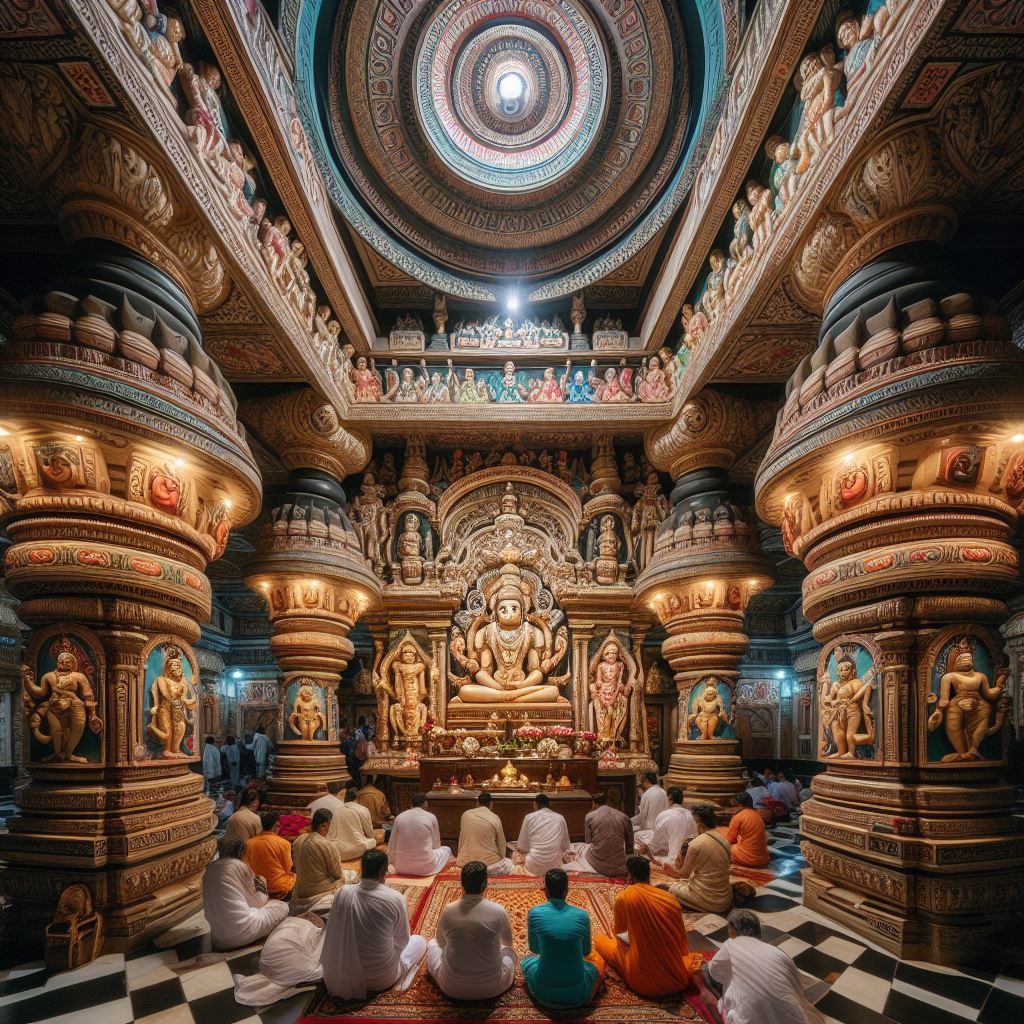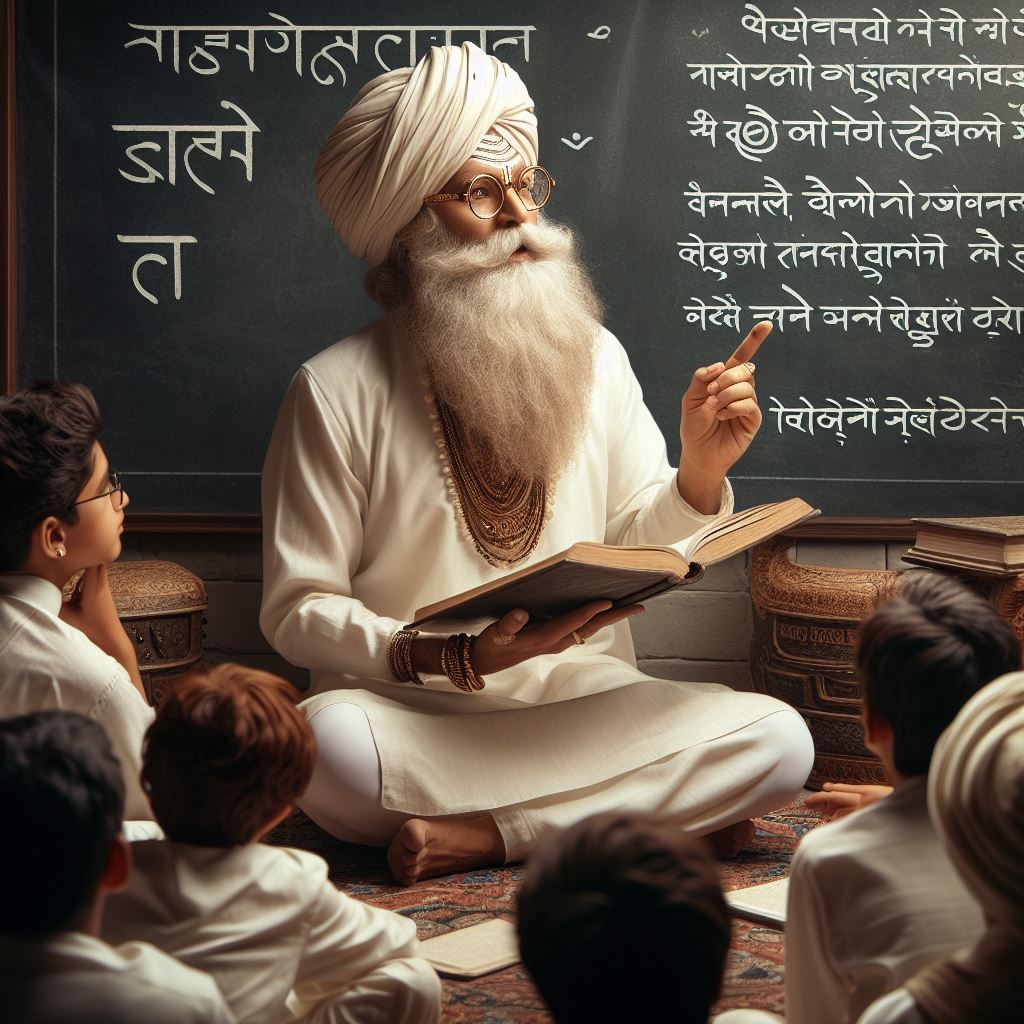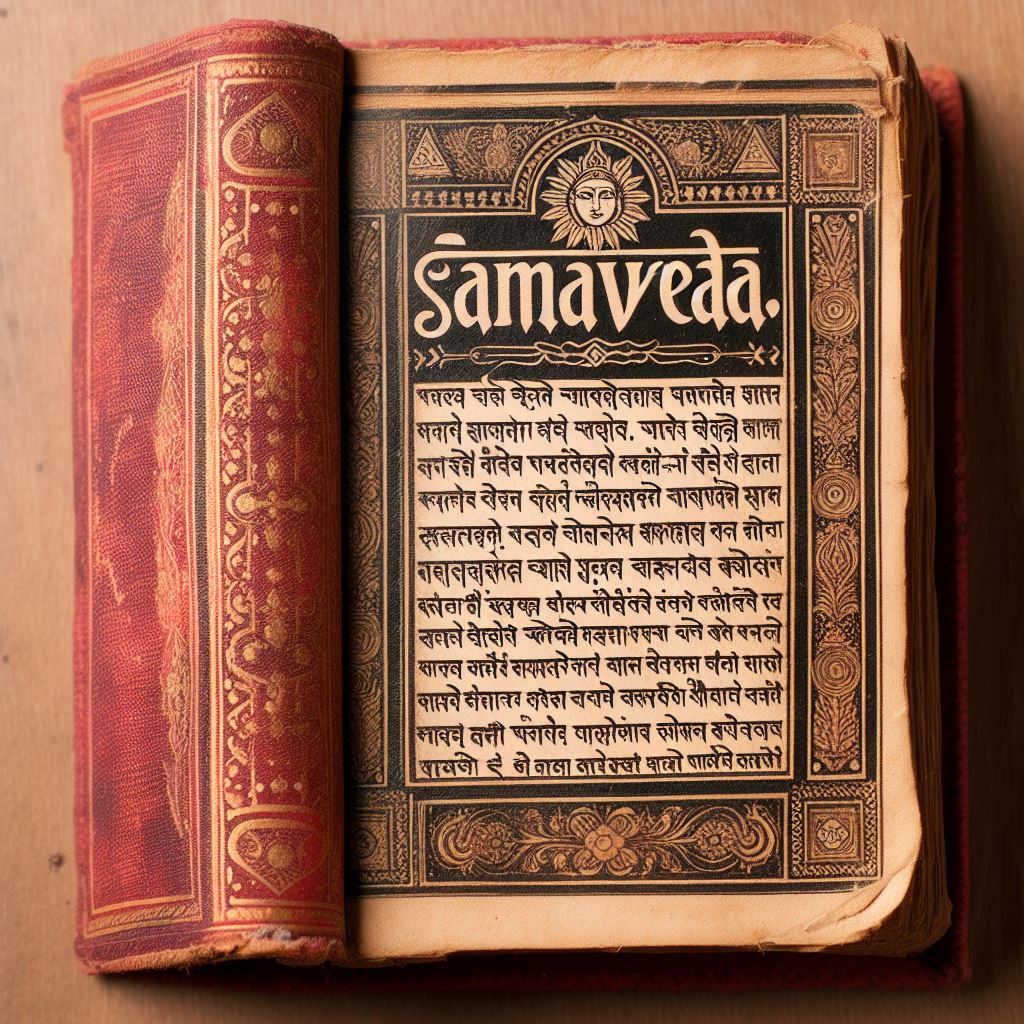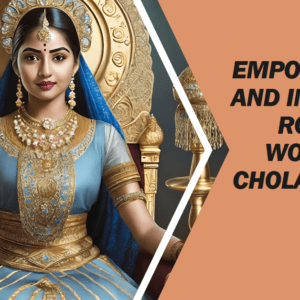Table of Contents
Exploring the 4 Vedas: Ancient Texts of Knowledge
The 4 Vedas, the ancient texts of knowledge in Hinduism, hold a significant place in the religious and cultural traditions of the Indian subcontinent. These ancient scriptures believed to have originated in the northwestern region of the Indian subcontinent, are the earliest Hindu scriptures containing spiritual knowledge that covers all aspects of life. The Vedas consist of a compilation of ancient Sanskrit poems and hymns. They were composed of individuals who were living in the northwest of India and who believed in and worshipped many different gods.

The four types of Vedas are Rig, Sama, Yajur, and Atharva. They represent the ancient sages’ religious poetry and contain vast knowledge about life in India at various times and places. This blog will delve into the origin, language, composition, and detailed analysis of the 4 Veda and their subdivisions, influence on Hinduism, interpretation, transmission, and the relevance of their teachings in modern times.
Understanding the Vedas
To truly understand the significance of the 4 Vedas in Hinduism, it is important to explore their origin and the religious and cultural context in which they were composed. The Vedas, the oldest text of the Hindu religion, are oral texts passed down through generations and were later transcribed in ancient times. They praise knowledge, ritual worship, and the praise of various deities, including Hindu deities, since the second millennium BCE.

The sacred scriptures found in the Vedas are considered to define the truth of Hinduism. The word Veda is Sanskrit for “knowledge” or “wisdom”. While no one can say precisely when the Vedas were composed, most scholars accept that the Vedas originated somewhere between 1500-1200 BCE, making them an integral part of the Hindu religion.
Origin and Significance of Vedas
The 4 Vedas, namely the Rigveda, Yajurveda, Sama Veda, and Atharva Veda, are believed to have originated in the northwest region of the Indian subcontinent. These ancient texts hold significant religious and cultural importance in the Hindu tradition. The oral transmission of the Vedas has preserved the knowledge passed down through generations, making them the oldest scriptures of Hinduism.

Comprising four types of Vedas – Rigveda, Samaveda, Yajurveda, and Atharva Veda, with Rig Veda being the oldest, they serve as a valuable source for understanding the Indo-Aryan civilization. They represent the religious poetry of ancient sages, praising various deities and embodying the spiritual essence of the ancient texts. The Atharva Veda, in particular, consists of spells against enemies, sorcerers, and diseases.
Language and Composition
The language of the Vedas, known as Vedic Sanskrit, is the earliest form of the Sanskrit language, which in itself is considered one of the oldest languages in the world. The composition of the Vedas consists of hymns, poems, and ritual formulas dedicated to deities. These ancient texts are a collection of verses and hymns used in religious practices, reflecting the oral tradition of transmission. The language and composition of the Vedas, including the use of archaic Sanskrit in their poems and hymns, have greatly influenced Indian tradition and culture in northwest India.

Detailed Analysis of the Four Vedas
Now, let’s dive into a detailed analysis of the 4 Vedas, exploring the unique characteristics and significance of each Veda.
Rigveda: The Book of Mantra
The Rigveda, one of the oldest texts worldwide, is the book of mantras, consisting of hymns and mantras praising deities such as Agni, Indra, and Varuna. It is the earliest religious poetry of ancient India, dating back to around 1500 BCE. The Rigveda is considered the foundation of the Indian faith and is among the oldest texts in existence. It contains hymns that are chanted during religious rituals and ceremonies, reflecting the social and cultural aspects of ancient Indian society.
The Rigveda provides insights into the reverence for nature, the cosmos, and the divine forces of the universe. Its verses have been a source of inspiration for later Hindu texts and religious beliefs. The Rigveda is truly remarkable as it is one of the oldest texts in the world, dating back to around 1500 BCE. The Rigveda encompasses hymns, prayers and narratives that hold importance in Indian culture.
Yajurveda: The Book of Ritual
The Yajurveda, the second of the 4 Vedas, provides knowledge and guidelines for performing Vedic rituals and sacrifices. It contains prose mantras and verses that are recited during religious ceremonies, emphasizing the importance of ritualistic offerings and the concept of dharma. The Yajurveda serves as a practical guide for the performance of religious duties and spiritual practices, ensuring the preservation of Vedic tradition and customs. The term “black” refers to the diverse collection of verses, in Yajurveda as opposed to the “white” Yajurveda which is well arranged. The term “black”, in the context of Yajurveda refers to the diverse collection of verses as opposed to the “white” Yajurveda which is well arranged.
Samaveda: The Book of Song
The Samaveda, also known as the Samaveda Samhita, is the third of the 4 Vedas. It is characterized by its musical notation and poetic verses, which are sung during rituals. The Samaveda Samhita is further categorized into two parts: Part I consists of melodic compositions called Gana, while Part II includes a three-verse book called Archika. The Samaveda contains two Upanishads, the Chandogya Upanishad and the Kena Upanishad. It’s worth mentioning that the Samaveda Samhita, also known as the Samaveda Samhita isn’t meant to be read like a text. Instead, it’s, like a musical sheet that is meant to be listened to.
This emphasis on music and melody in the recitation of Vedic hymns enhances the ritualistic experience, reflecting the ancient tradition of oral transmission and the preservation of Vedic melodies. The melodic chants of the Samaveda Samhita continue to hold cultural and religious significance in Hinduism.
Atharvaveda: The Book of Spell
The Atharvaveda, the fourth of the 4 Vedas, contains hymns, spells, and incantations for everyday life and well-being. It addresses various subjects, including healing, rituals, and the value of magical formulas. The verses of the Atharvaveda, also known as the books of the Atharvaveda, are associated with the practical aspects of human existence and spirituality, encompassing the pursuit of knowledge, protection, and the understanding of the natural world.
The ancient wisdom of the Atharvaveda sometimes referred to as the “Veda of magical formulas,” remains relevant in the modern era, influencing various religious beliefs.
Subdivisions of Each Veda
Each of the 4 Vedas is further subdivided into various parts, each serving a specific purpose in the religious and ritualistic practices of ancient India. Let’s explore the subdivisions of each Veda in more detail.

Samhitas: Mantras and Benedictions
The first part of the Vedas, the Rigveda Samhita, consists of hymns, mantras, and religious praises dedicated to various deities, natural elements, and cosmic forces. These verses are integral to the performance of Vedic rituals, ceremonies, and devotional practices, serving as the foundation of Vedic literature and embodying the spiritual essence of the ancient texts. The Rigveda Samhita, which is considered the most ancient layer of text in the Vedas, contains the metrical hymns composed by many authors over several centuries of oral tradition.
It preserves the devotional expressions and ritualistic traditions of the Vedic period, making it a significant and invaluable part of the Vedas. The Rigveda Samhita is a compilation of one thousand twenty-eight Vedic Sanskrit hymns, along with ten thousand six hundred verses, arranged into ten mandalas or books. The ten mandalas, which were created by various priestly groups of poets throughout centuries, are dedicated to the different Rigvedic deities.
Aranyakas: Text on Rituals and Ceremonies
The second part of the Vedas, known as the Aranyakas: Text on Rituals and Ceremonies, focuses on rituals and ceremonies. These texts praise knowledge, offering insights into various deities, ritual worship, and the ancient sages of the Vedic tradition. The Aranyakas, part of the forest books, is a collection of verses in honour of the ancient sages, providing in-depth knowledge about ancient ritual practices. They play a crucial role in the Vedic tradition and oral transmission. Additionally, the later Vedic texts, known as the Upanishads, form the foundations of the Hindu religion.
Brahmanas: Commentaries on Rituals
The third part of the Vedas, known as the Brahmanas, consists of commentaries on rituals, explaining the ritual worship of various deities and their significance. These texts praise the ancient sages, the deities, and the various ritualistic practices of ancient India. The Brahmanas provide in-depth knowledge of the ancient ritual practices, ensuring the preservation of the Vedic tradition and the oral transmission of knowledge.
Upanishads: Texts on Meditation and Philosophy
The last part of the Vedas, known as the Upanishads, delves into meditation and philosophy, offering profound insights into the nature of existence, consciousness, and the pursuit of knowledge. These texts praise the ancient sages, the human quest for knowledge, and the pursuit of self-realization. The Upanishads are central to the ancient Indian tradition and religious texts, providing a deep understanding of spirituality, philosophy, and the human condition.
Vedas and their Influence on Hinduism
The 4 Vedas, along with their various parts, have played a pivotal role in the evolution of Hindu philosophy and religious beliefs. Let’s explore the role of the Vedas in the development of Hinduism and their importance in modern Hindu practices.

Role of Vedas in Evolving Hindu Philosophy
The Vedas, with their hymns, magical formulas, and ancient wisdom, have greatly influenced the evolution of Hindu philosophy and the various Hindu denominations. They inspired the development of various Hindu beliefs, praised various deities, and provided the earliest reference to religious, moral, and ethical ideas in ancient India. The Vedas, being the oldest scriptures of Hinduism, continue to shape the philosophical landscape of the religion, offering deep insights into the nature of the universe, human beings, and the divine. Hindu modernists like Debendranath Tagore have rejected the authority of the Vedas, challenging traditional beliefs and advocating for a more progressive interpretation of Hinduism.
Importance of Vedas in Modern Hindu Practices
Despite the passage of time, the Vedas remain relevant in modern Hindu practices and rituals. These ancient scriptures of the 4 Vedas in the Hindu tradition serve as the basis of classical Hinduism, guiding contemporary religious ceremonies, beliefs, and practices. Different branches of Hinduism acknowledge the Vedas as a spiritual source but not all sects within Hinduism adhere, to this belief. The Vedas praise knowledge, ritual worship, and the pursuit of spiritual enlightenment, continuing to influence religious, philosophical, and spiritual aspects of Hinduism in the modern era. They hold enduring significance in the lives of modern Hindus, providing guidance, inspiration, and a connection to ancient religious tradition.
Interpretation and Transmission of Vedic Texts
The interpretation and transmission of the Vedic texts have been a fascinating field of study, encompassing the art of Vedic learning, the language of the Vedas, and the relevance of their teachings in modern times. Sure, let’s delve deeper into this aspect.

The Art of Vedic Learning
The art of Vedic learning encompasses the study of ancient religious texts, including the 4 Vedas, which form the foundation of classical Hinduism. Vedic literature, with its collection of verses, hymns, magical formulas, and ancient wisdom, embodies the ancient tradition of knowledge in oral transmission. It is central to the understanding of ancient religious beliefs, ritual worship, and the spiritual practices of ancient India.
The Vedas are divided into four texts and consist of sacred hymns, mythological stories, poems, prayers and revered formulas that hold significance in the Vedic religion. The art of Vedic learning continues to inspire scholars, practitioners, and enthusiasts, preserving the ancient knowledge passed down through generations. The Vedas, as a significant part of the Vedic religion, hold immense importance in understanding the origins and development of Hinduism.
How are the teachings of the Vedas relevant today?
The teachings of the Vedas, with their hymns, verses, and ancient wisdom, offer timeless guidance in modern society and spirituality. These ancient scriptures of the 4 Vedas in the Hindu tradition praise various deities, providing insights into the human quest for knowledge, the pursuit of spiritual enlightenment, and the understanding of the human condition. The teachings of the Vedas resonate with contemporary seekers, offering guidance, inspiration, and answers to life’s philosophical questions in the modern era.
Are there any differences between the teachings of the 4 Vedas?
Yes, there are differences between the teachings of the 4 Vedas. Each Veda has its focus and content, with different hymns, rituals, and philosophical ideas. However, they are all considered sacred texts and collectively form the foundation of Hinduism.
Conclusion
The Vedas are ancient texts that hold immense wisdom and knowledge. They provide insight into the origins of Hinduism and have influenced its philosophy and practices. The Vedas are composed of a unique language and are divided into four main sections: Rigveda, Yajurveda, Samaveda, and Atharvaveda. Each Veda has its subdivisions, such as Samhitas, Aranyakas, Brahmanas, and Upanishads, which cover various aspects of rituals, ceremonies, and meditation.
Despite their ancient origins, the teachings of the Vedas are still relevant today. They offer guidance on how to lead a meaningful and fulfilling life. The art of Vedic learning is a sacred tradition that has been passed down through generations, ensuring the preservation of this ancient wisdom.
To delve deeper into the subject, I invite you to read our blog on the Chola dynasty, please CLICK HERE
Faqs
Q: What are the key differences between the 4 Vedas?
A: The main differences are in their focus – Rigveda is hymns of praise, Yajurveda is ritual formulas, Samaveda is melodic verses, and Atharvaveda is spells and incantations. But they collectively form the basis of Hinduism.
Q: How old are the Vedic texts?
A: The Vedas originated approximately between 1500-1200 BCE, making them over 3,000 years old. They represent the oldest layer of Sanskrit literature and Hindu scriptures.
Q: Do Hindus today still follow the teachings of the Vedas?
A: While contemporary Hindu denominations differ in their reverence for the Vedas, these texts continue to hold spiritual authority in rituals, ceremonies and philosophical aspects for traditional and orthodox groups. However, some modern reform movements question or reject Vedic supremacy.
Q: What is the importance of Samhitas in the Vedas?
A: Samhitas are the core part of each Veda consisting of hymns, mantras and verses used in Vedic rituals and practices. They represent the oldest compositions in the Vedas. So they hold immense religious significance.
Q: What are the 4 Vedas?
A: The 4 Vedas are the most ancient Hindu texts and scriptures, composed in Vedic Sanskrit between 1500-1000 BCE. The four Vedas are:
Rigveda – the Veda of praise poems and mantras
Yajurveda – the Veda of ritual formulas and prose mantras
Samaveda – the Veda of melodies and music, derived from Rigveda
Atharvaveda – the Veda of magical spells and occult formulas
Together they form the foundations of Hindu philosophy, theology and literature. The Vedas are considered śruti – that which is heard or revealed, as opposed to learnt.
Q: Which is the 2nd Veda?
A: The Yajurveda is considered the second of the four Vedas in the traditional order. It contains ritual sacrificial formulae and prose mantras to be uttered by the priest conducting the Yajna (ritual). The Yajurveda has two Samhitas (compilations) – the Krishna (black) Yajurveda and the Shukla (white) Yajurveda.
Q: Who is the father of the four Vedas?
A: There is no single author credited for compiling the Vedas. They are considered ‘apauruṣeya’, meaning not created by man but eternal and imperishable, being originated in the divine consciousness. However, various Rishis (sages) are considered seers or ‘mantra-drashtas’ of the Vedas – they ‘saw’ these revelations during deep meditation and realised the eternal truths. Each Veda is thus associated with different groups of rishis.
Q: Which Veda to read first?
A: There is no mandatory sequence, but Rigveda is considered the first and oldest Veda. So reading Rigveda first can provide a base understanding before exploring other Vedas. Some also suggest starting with Upanishads which offer Vedanta philosophy and emphasis on spiritual knowledge. Consulting a guru on which text best aligns with one’s spiritual interests allows customizing the learning pathway.








